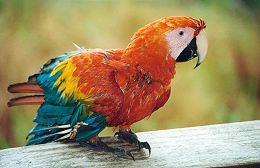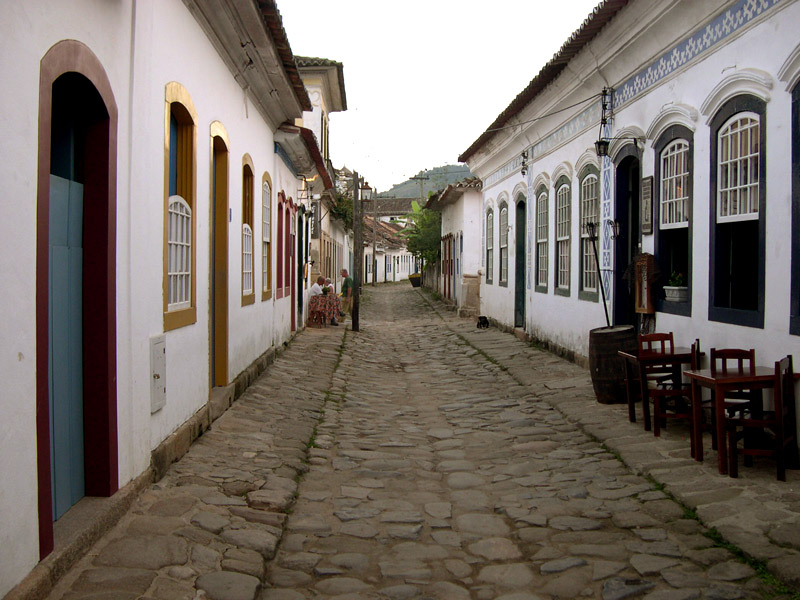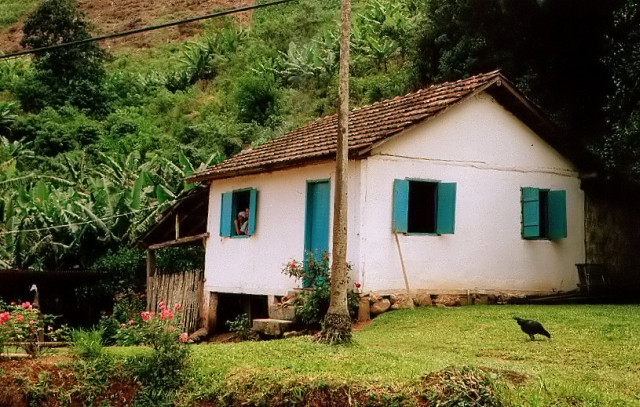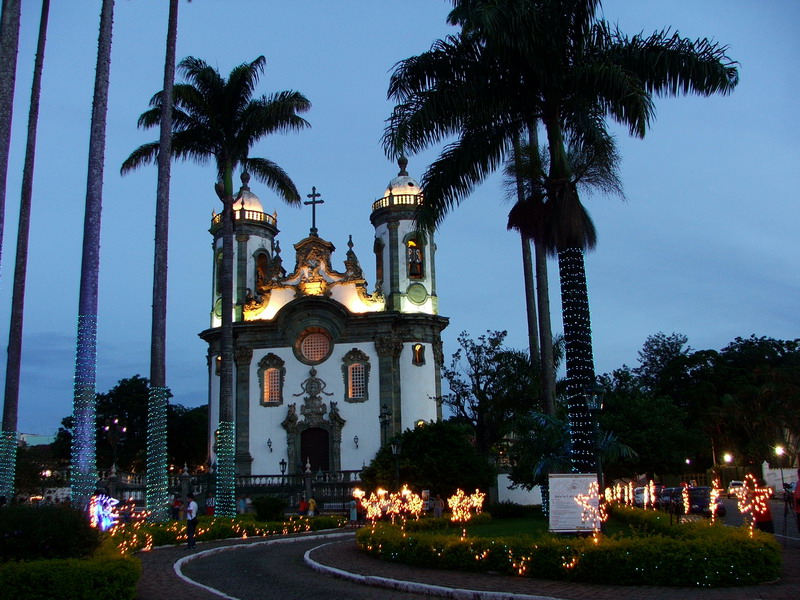




| Purpose | Participants | Meetings | Publications | Calls | Reports | Private | Contact |
 |
 |
 |
 |
 |
|---|
During the three years since the associated team with the USP started, five different topical axes and work subgroups developed between France and Brazil. The first topic is genome rearrangement, the second sequence analysis, the next two networks, respectively metabolic and genetic or mixed networks, and finally the last topic concerns ecology and involves someone not from the USP but from the FioCruz Foundation in Rio de Janeiro. Work on metabolic networks has also involved researchers that were originally from the USP (they did their PhD there) but have now professor positions at the Universidade Federal de Mato Grosso do Sul (UFMS), at Campo Grande. The subgroups that have appeared are the original group of combinatorics at the USP (mainly Yoshiko Wakabayashi, Cristina Gomes Fernandes, Carlos Eduardo Ferreira and their students) who are working with the French team on combinatorial aspects of both genome rearrangements and metabolic networks, their ex-PhD students now at the UFMS (Fábio H. V. Martinez, Said S. Adi and Marco A. Stefanes) who work with us on the same two topics, the vision group at the USP (mainly Junior Barrera and Roberto Marcondes - notice that Junior will now move to the USP at São Carlos) on the topic of genetic or mixed networks and with a more stochastic approach, Alair Pereira do Lago and students on the topic of sequence analysis, and finally Aloysio da Silva Ferrão-Filho from the FioCruz on ecology, more precisely ecotoxicology. Each of those work subgroups is now solidly established, with common publications on all topics except for now on genetic networks although the more recent exchanges we have had with Junior Barrera and Roberto Marcondes have already led to interesting ideas for the work of Paulo G. Fonseca, a Brazilian PhD student from the Universidade Federal de Pernambuco (UFPE) at Recife who has been in Lyon since September 2005. There were some less productive topics discussed over the years, such as on gene detection, that were left aside for now but it is not excluded that French and Brazilians will rekindle these topics in the future.
The three years of the associated team have given an enormous boost to the collaboration USP-HELIX, including in terms of common papers, and have helped develop new ties. Besides the visits that are planned before the end of 2007 and that are detailed below, much is anticipated for 2008 and beyond, with new funds being added to the association from STIC AmSud that will enable to extend our collaboration to Chile, as well as between Chile and Brazil. In 2007, the HELIX group is also hosting as a postdoc, with funds mostly external to the associated team, Augusto Fernandes Vellozo, an ex-PhD student from Alair Pereira do Lago. Augusto arrived in Lyon in July and will stay at least until June of 2008. Only his flight tickets and first month in France were covered by ArcoIris. For 2008, a grouped visit of French researchers and students is planned to both Brazil and Chile towards the beginning of the year. With Junior Barrera, HELIX will also be organising a French-Brazilian workshop, most probably in Brazil but later in the year and with funds other than from the STIC AmSud project. Junior and the French coordinator have also been exchanging information on their mutual experience with directing a PhD program on Computational Biology, Junior at the USP and the French coordinator at Lisbon, Portugal (from 2004 to 2007). This mutual experience could provide the seed for an international exchange PhD program between the USP and the University of Lyon I. Finally the French coordinator has been much involved in the organisation of conferences on Computational Biology in Brazil (CompBioNets, 2005; BSB, 2007) and intends, with the help of Junior Barrera who himself organised another Brazilian conference (Icobicobi), to actively encourage the various efforts in that sense that have taken place in Brazil over the last few years to pull their forces together for the benefit of all.